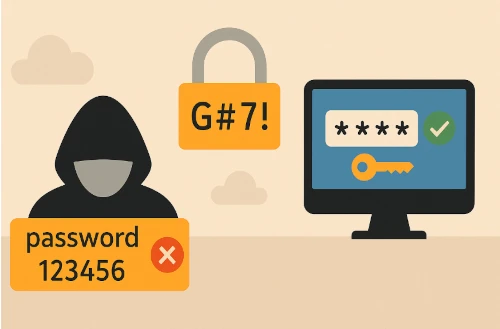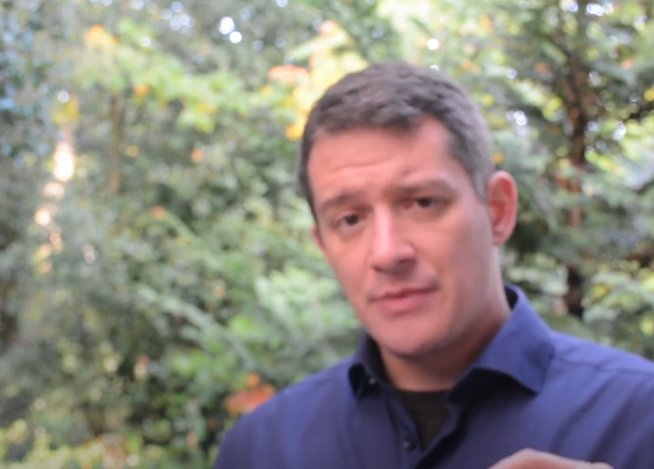When we speak of recurring conflicts, we usually refer to a past conflict that was resolved but later reactivated under similar circumstances.
A local recurrence, however, describes a different mechanism: it is when the symptom itself — arising during the healing phase of a previous conflict — triggers the same type of conflict again.
Example 1: Separation Conflict
Suppose I experience a separation conflict. In the healing phase, my skin reacts with a rash. If those around me believe in contagious disease, they may avoid contact with me because of this rash. Their avoidance then creates a new sense of separation. In this way, the healing symptom itself provokes the recurrence of the original conflict—the very process becomes self-perpetuating.
Example 2: Self-Devaluation Conflict
In a self-devaluation conflict, the repair phase is often accompanied by pain in the bones, joints, or connective tissues. If I originally felt inadequate or incapable, the pain I experience in the healing phase can physically limit my abilities. This limitation may reinforce the same feelings of inadequacy: I cannot perform, therefore I am not good enough. In this way, the repair symptoms themselves can initiate a new self-devaluation conflict.
Why doesn’t every healing phase create a new conflict?
Not every repair process triggers a new biological conflict. The deciding factor is not the presence of symptoms themselves, but the meaning I assign to them. If I interpret my symptoms as proof of weakness, failure, disability, or unworthiness, they can trigger a recurrence.
- If my belief system includes the idea of contagious disease, I may feel excluded because of my symptoms.
- If I believe in degenerative joint disease, I may interpret joint pain as a sign of aging or disability.
Thus, it is not the symptoms alone but the beliefs and interpretations around them that determine whether a new conflict arises.
A Different Approach to Symptoms
The key lies in how we experience inevitable repair symptoms. They may not be pleasant, but if I can accept them as natural signs of recovery rather than as threats, they are far less likely to trigger a new biological conflict. In contrast, entrenched medical beliefs can turn natural repair processes into recurring, chronic cycles of self-triggering.
This understanding also clarifies why certain treatments—physiotherapy, regenerative therapies, or even placebo surgeries—can interrupt the cycle: they change the individual’s perception and belief around the symptoms, breaking the self-triggering loop.
Beyond Self-Devaluation Conflicts
Local recurrence is not limited to self-devaluation. Any conflict type can become self-sustaining through this mechanism. For example, in morsel conflicts, repair symptoms such as diarrhea or bloating may lead the person to believe something harmful remains inside them. This interpretation — “something toxic is within me and must be expelled” — can itself trigger a new conflict in the intestinal system, perpetuating the cycle.
From Our Blog

17. August 2025
How a DHS can turn chronic
A brief explanation of how biological conflicts can enter a recurring cycle and appear like a cronic disease.

14. August 2025
The three types of being sick
There is three ways of being sick and they are very different.

23. July 2025
Invisible Doors – Why Weak Passwords Don’t Really Protect You
How Secure Is Your Digital Life? Most people use weak passwords – and often reuse them. This article explains why that’s risky, how you can protect yourself, and what 2FA actually does. 👉 Plus: a 30-day challenge to boost your security step by step.

05. January 2025
The biological meaning in the context of time
"Explore Dr. Hamer's theories on illnesses as evolutionary 'special programs,' highlighting the role of conflict duration, natural timelines, and the biological significance of disease processes."

04. January 2025
Presentation at the Open Day, Bergamo 2019
On January 26, 2019, during the Open Day of the Academy for the 5 Biological Laws in Bergamo, Italy, a lecturer showcased the academy's teaching methods. Using a small experiment, they demonstrated how effective learning strategies can help grasp unfamiliar concepts quickly, highlighting the academy’s innovative approach to making complex topics accessible.

22. October 2019
Nutrition and the 5 laws of nature
The text explores the connection between the 5 Biological Laws (5BN) and nutrition, emphasizing how active "special programs" can influence biochemical needs and create specific demands for certain nutrients like protein, salt, or calcium. It highlights that deficiencies or disruptions in nutrient processing can stall healing processes, which may be resolved through dietary adjustments or supplements. The core idea is that physical, psychological, and biochemical levels are interconnected, and interventions on any level can impact the overall process.